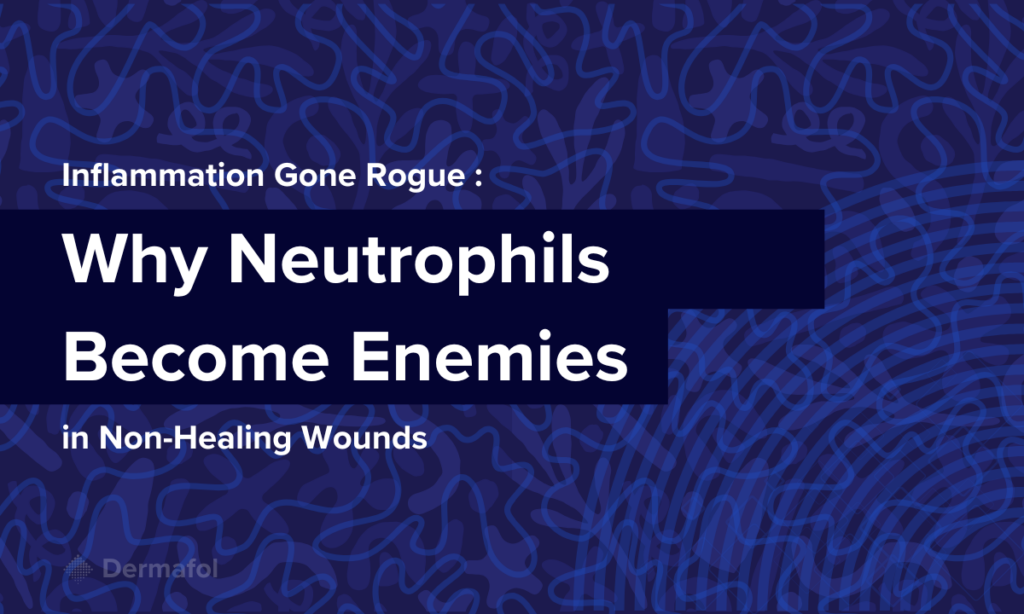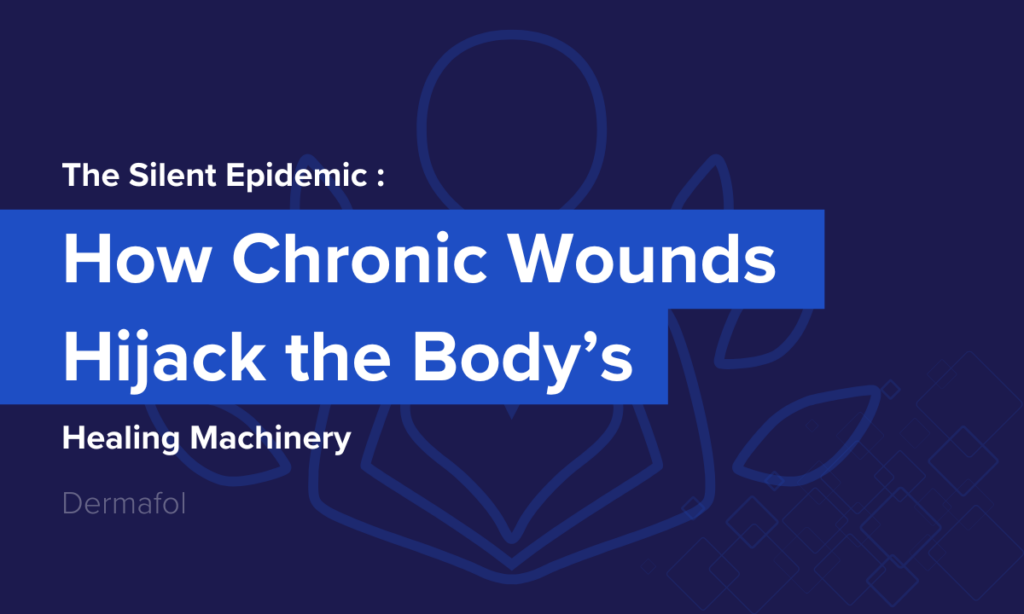Inflammation Gone Rogue: Why Neutrophils Become Enemies in Non-Healing Wounds

Wound healing is a delicate dance of cellular responses, but when inflammation goes awry, neutrophils—our body’s first line of defense—can become unwitting saboteurs. In chronic wounds, these immune cells shift from protectors to destructive forces, perpetuating a cycle of tissue damage and delayed healing. Neutrophils, while essential for initial repair, can hinder recovery and explore innovative therapeutic strategies aimed at restoring balance in the healing process. Let’s unravel some of the complexities of neutrophil behavior and their dual roles in wound healing, offering hope for millions suffering from non-healing wounds worldwide.
The Silent Epidemic: How Chronic Wounds Hijack the Body’s Healing Machinery

Chronic wounds are often referred to as a “silent epidemic,” affecting millions globally and significantly impacting quality of life.
Unlike acute wounds that heal quickly, chronic wounds can persist for months or even years, leading to severe complications and economic burdens on healthcare systems.
Here, we’ll delve into the complex mechanisms that hijack the body’s natural healing processes, exploring the roles of inflammation, cellular dysfunction, and microbial biofilms.
